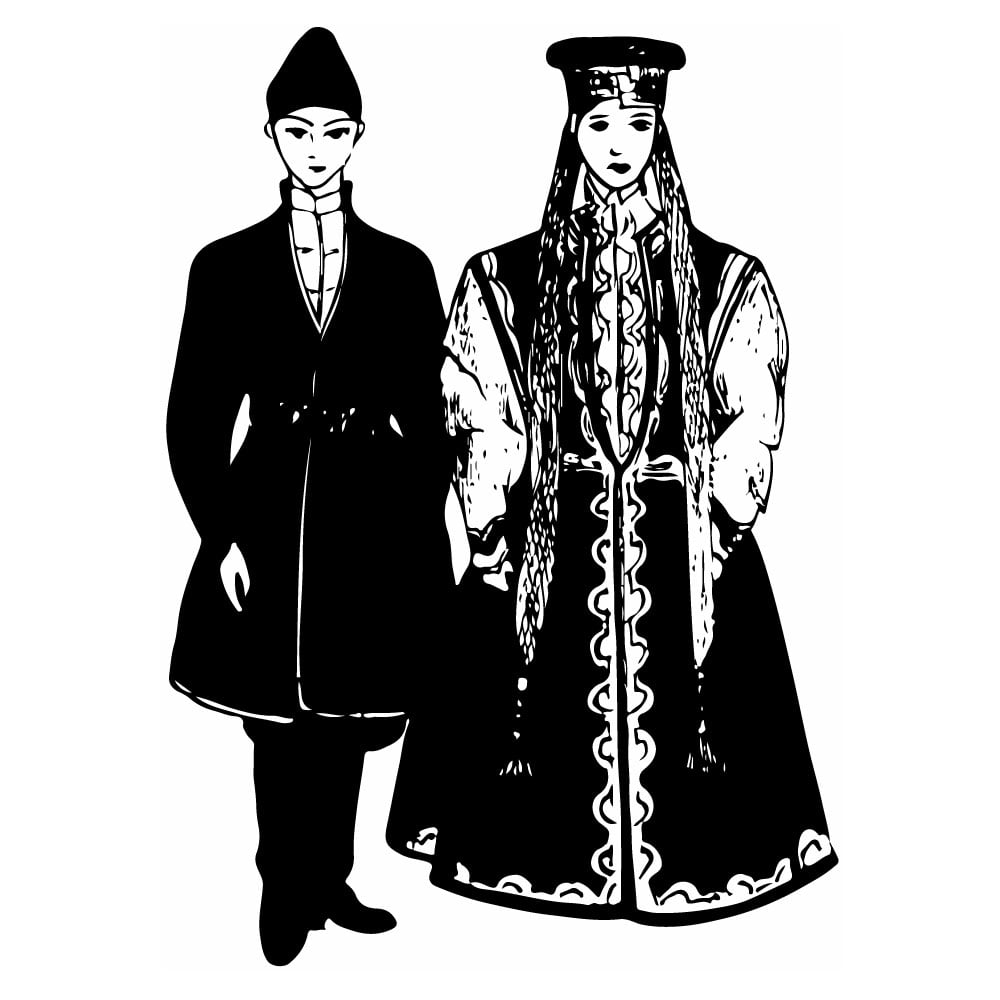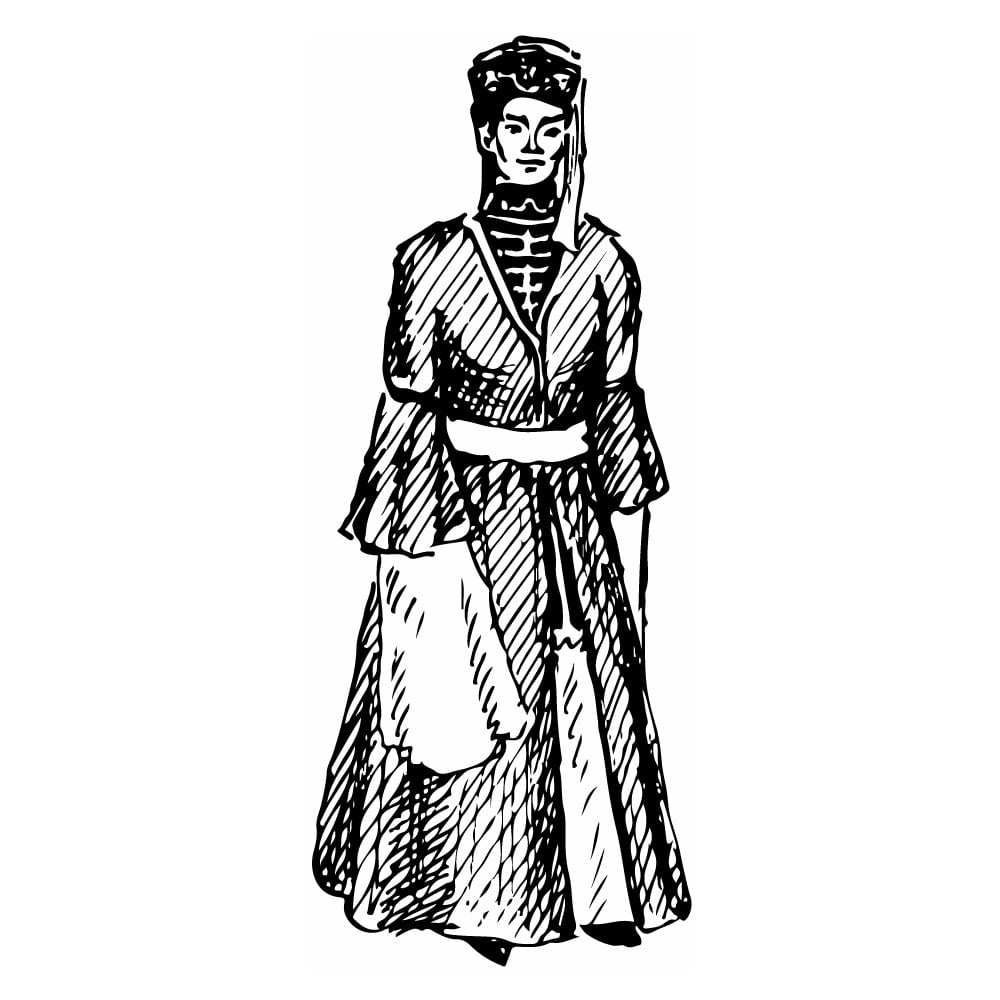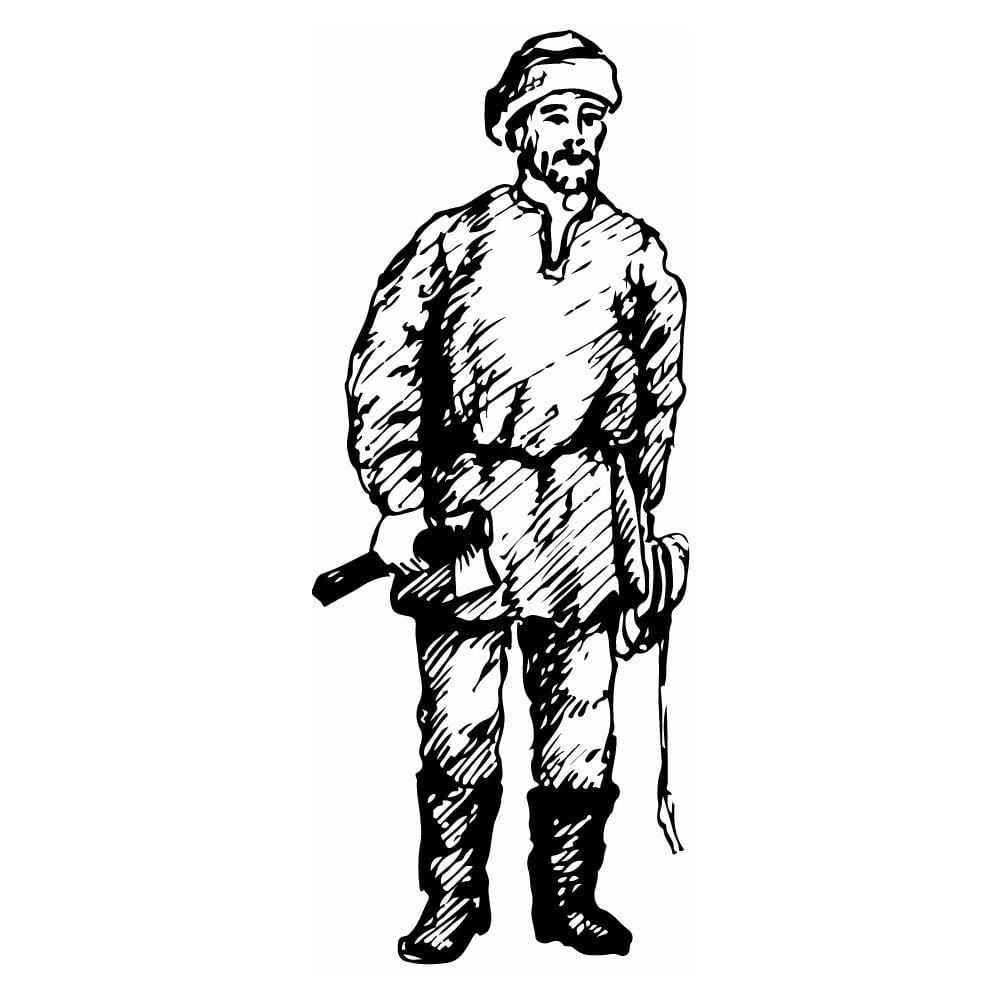Orochi
| Population | 900 |
| Language group | Tungus-Manchurian |
| Language | Orochic |
| Region | Khabarovsk Territory (Russia) |
| Religion | Shamanism/Animism |
*Population estimates for 1994
The Orochi, or Nani as they call themselves, is a nationality living mainly in some districts of the Khabarovsk Territory. Sometimes they are confused with the Oroki and Orochans. The Orochi are a separate ethnic group in spite of their small number and heterogeneous descent. Among them, one can find families harking back to the Udegei, Nanai, Ulchi, Negidal, Nivkhi, and Evenks. Thus, the Orochi have ancient sea-coastal as well as northern taiga ethnic ancestors. All of this has influenced the Orochi culture that developed under the impact of the Chinese and Manchurian cultures.
The Orochi have long been cultivating fishery and hunting. These trades were the foundation of their economy. Some groups of the Orochi went on trapping hunting trips. The first signs of modern agriculture appeared in the twentieth century. The so-called household trades consisted of blacksmith work, fish and animal skin processing, and the manufacture of birch bark and wooden dishes. All household utensils were characterized by thorough design and artistic presentation. The Orochi were familiar with metal casting; they also had some sandstone molds for rounding copper decorations.
Orochi national clothes reflect the heterogeneous ethnic composition of this group of the Amur River population. The Orochi used to wear short trousers. Robes were used for overalls. In the summer, men wore birch bark hats.
Orochi religion is presented by two main cults: the cult of the “masters” of nature, taiga and sea; and the cult of animals, such as seal, bear, tiger, and whale. The shaman cult is much younger. The latest religious beliefs are Buddhism and Christianity. Orthodox missionaries appeared among the Orochi in the second half of the nineteenth century. At present time, some animistic beliefs and Shamanism are still widely spread.
The Orochi have preserved their traditional trades, such as fishery and hunting. They also learned cattle-breeding, land cultivation, and vegetable gardening.
This is Ad 1




























